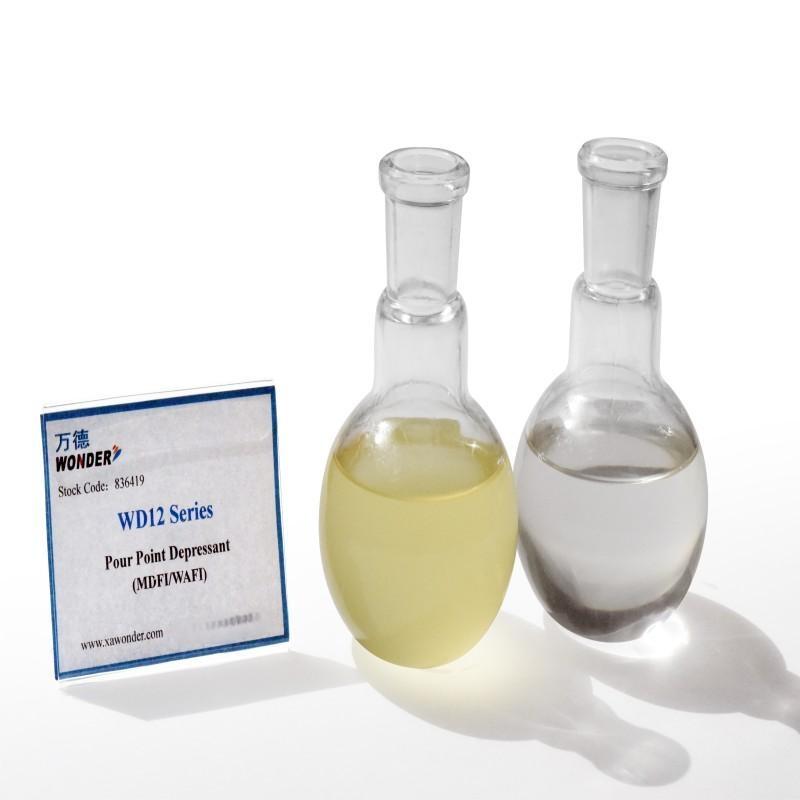-
Categories
-
Pharmaceutical Intermediates
-
Active Pharmaceutical Ingredients
-
Food Additives
- Industrial Coatings
- Agrochemicals
- Dyes and Pigments
- Surfactant
- Flavors and Fragrances
- Chemical Reagents
- Catalyst and Auxiliary
- Natural Products
- Inorganic Chemistry
-
Organic Chemistry
-
Biochemical Engineering
- Analytical Chemistry
-
Cosmetic Ingredient
- Water Treatment Chemical
-
Pharmaceutical Intermediates
Promotion
ECHEMI Mall
Wholesale
Weekly Price
Exhibition
News
-
Trade Service
News on January 12, the US government reported that crude oil inventories recorded one of the largest weekly increases, but in anticipation of strong energy demand in China, crude oil futures closed higher, both hitting the highest close of the year
.
COMEX West Texas Intermediate crude for February futures rose $2.
29, or nearly 3.
1 percent
, to settle at $77.
41 a barrel.
According to Dow Jones market data, this marks the fifth consecutive session of gains for the index and the highest front-month closing price
since December 30.
ICE Brent crude futures for March rose $2.
57, or 3.
2%, to $82.
67 a barrel, the highest level since Dec.
30
.
February gasoline rose 4.
70 percent to $2.
4345 a gallon, and February heating oil rose 1 percent to $3.
2179 a gallon, up 2.
6 percent
.
Natural gas rose 0.
9% to $3,671/MMBtu in February, down 6.
9%
in the previous session.
DTN Senior Market Analyst Troy ? "Hopes of a strong rebound in Chinese oil demand, concerns about the upcoming (G7) Russian refined product price limits, and a weaker dollar have all supported oil prices this week
," Vincent said.
But traders also weighed one of the biggest weekly inventory increases on record by the U.
S.
Energy Information Administration and grappled with fears that the global economy could slow as the Federal Reserve and other major central banks continue to tighten monetary policy to curb inflation
.
The Energy Information Administration's report showed a "massive" increase in commercial crude inventories "largely reflecting a continued slowdown in refinery operations following refinery closures during the recent winter storm," Vincent said
.
This, combined with the passing of the ad valorem season, has prompted people to keep crude overseas ahead of the new year — helping to explain the reported surge in net crude imports
," he said.
”
The U.
S.
Energy Information Administration reported on Wednesday that U.
S.
crude inventories rose by 19 million barrels
in the week ended Jan.
6.
According to a survey conducted by S&P Global Commodity Insights, analysts expect an average reduction of 500,000 barrels
.
The American Petroleum Institute said late Tuesday that U.
S.
crude inventories increased by 14.
9 million barrels
last week, citing data, sources.
Matt Smith, chief oil analyst for the Americas at Kpler, said crude inventories saw "the third-largest weekly increase since the EIA began recording in 1982.
"
"The other two largest builds occurred at the onset of pandemic lockdowns, and after
winter storms hit Texas refineries in February 2021.
"
Smith said gasoline inventories continued to increase strongly despite reduced refining activity due to "very weak implied demand," while distillate inventories decreased modestly due to "weak"
implied demand.
Weekly gasoline inventories increased by 4.
1 million barrels and distillate inventories edged down by 1.
1 million barrels
, according to the EIA.
Analyst surveys expect gasoline and distillates to increase by 1.
3 million barrels and 500,000 barrels
, respectively.
Crude oil inventories
in Cushing, Oklahoma.
The delivery center on the New York Mercantile Exchange (Nymex) added 2.
5 million barrels this week, while the Strategic Petroleum Reserve fell by 800,000 barrels
in crude inventories, the EIA said.
Total U.
S.
domestic oil production rose by 100,000 barrels to 12.
2 million barrels per day
, the data showed.
Meanwhile, according to news reports, the U.
S.
Department of Energy last week rejected an offer
to buy crude oil to begin replenishing the Strategic Petroleum Reserve.
The crude oil market expects the government to buy back crude oil, bringing the SPR price closer to $
70 per barrel.
Analysts at Sevens Report Research wrote in a note on Wednesday that "traders' confidence is low, given the renewed hope of a soft landing for the economy, and optimism about China's reopening (bullish), weighed against growing concerns about economic uncertainty and growing concerns (bearish) that the U.
S.
Department of Energy is
committed to buying oil at $70 a barrel due to funding and liquidity issues.
"
The United States and its allies are also preparing the next round of sanctions against the Russian oil industry, aimed at limiting the selling prices
of refined petroleum products exported from Russia.
Some market watchers warned that the move could squeeze global supply
.
Kpler's Smith said the upcoming price cap on Russian products could have a bigger impact than the price cap on Russian crude "because Europe has yet to transition
to alternative supply in a meaningful way.
" ”
At meetings across Europe this week, officials are discussing details of upcoming sanctions on Russian oil products, which will come into effect
on Feb.
5.
The Wall Street Journal, citing people familiar with the matter, reported that the sanctions would set two price limits on Russian refined oil: one for high-value exports such as diesel and the other for low-value exports such as fuel oil
.







